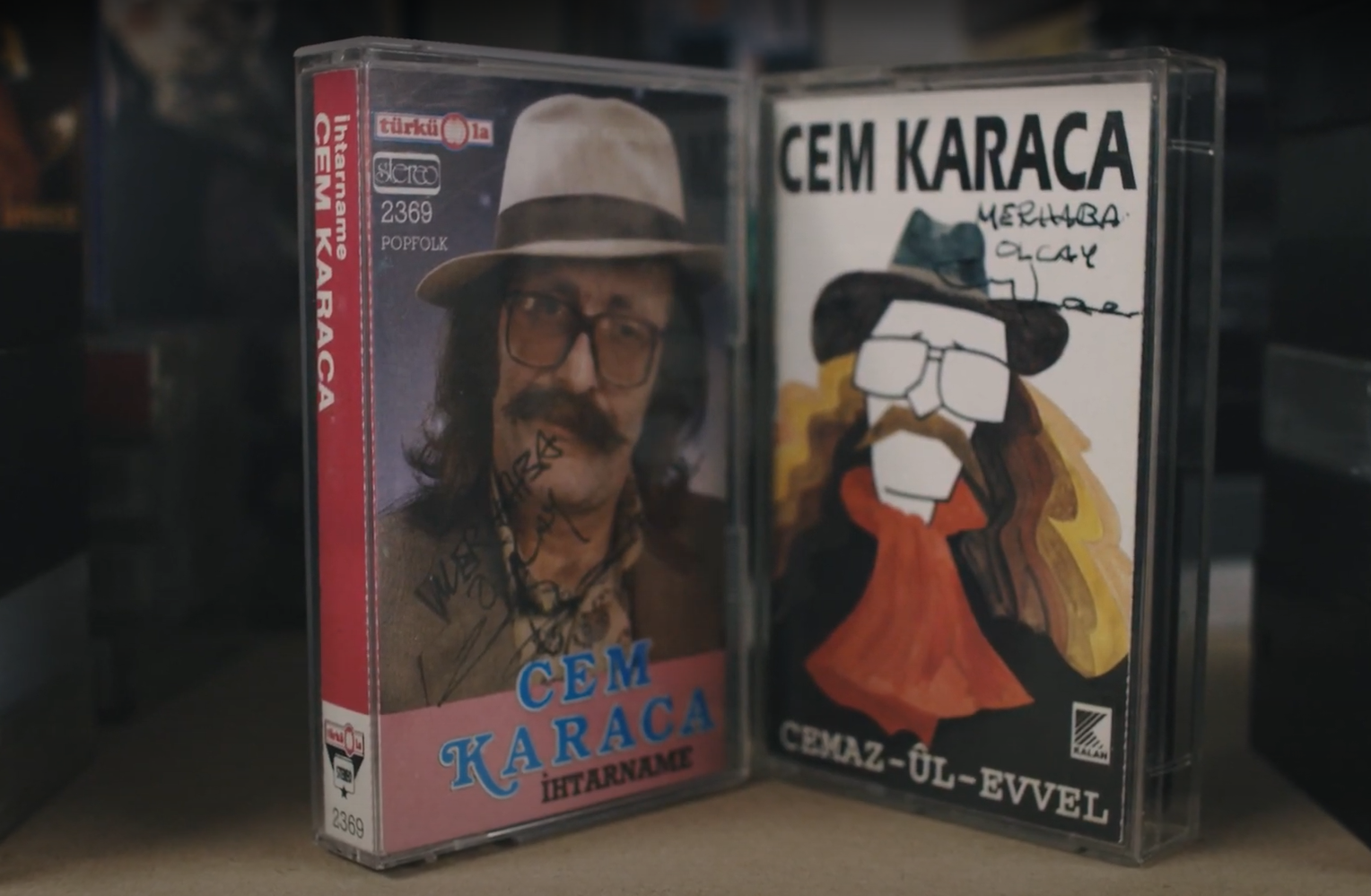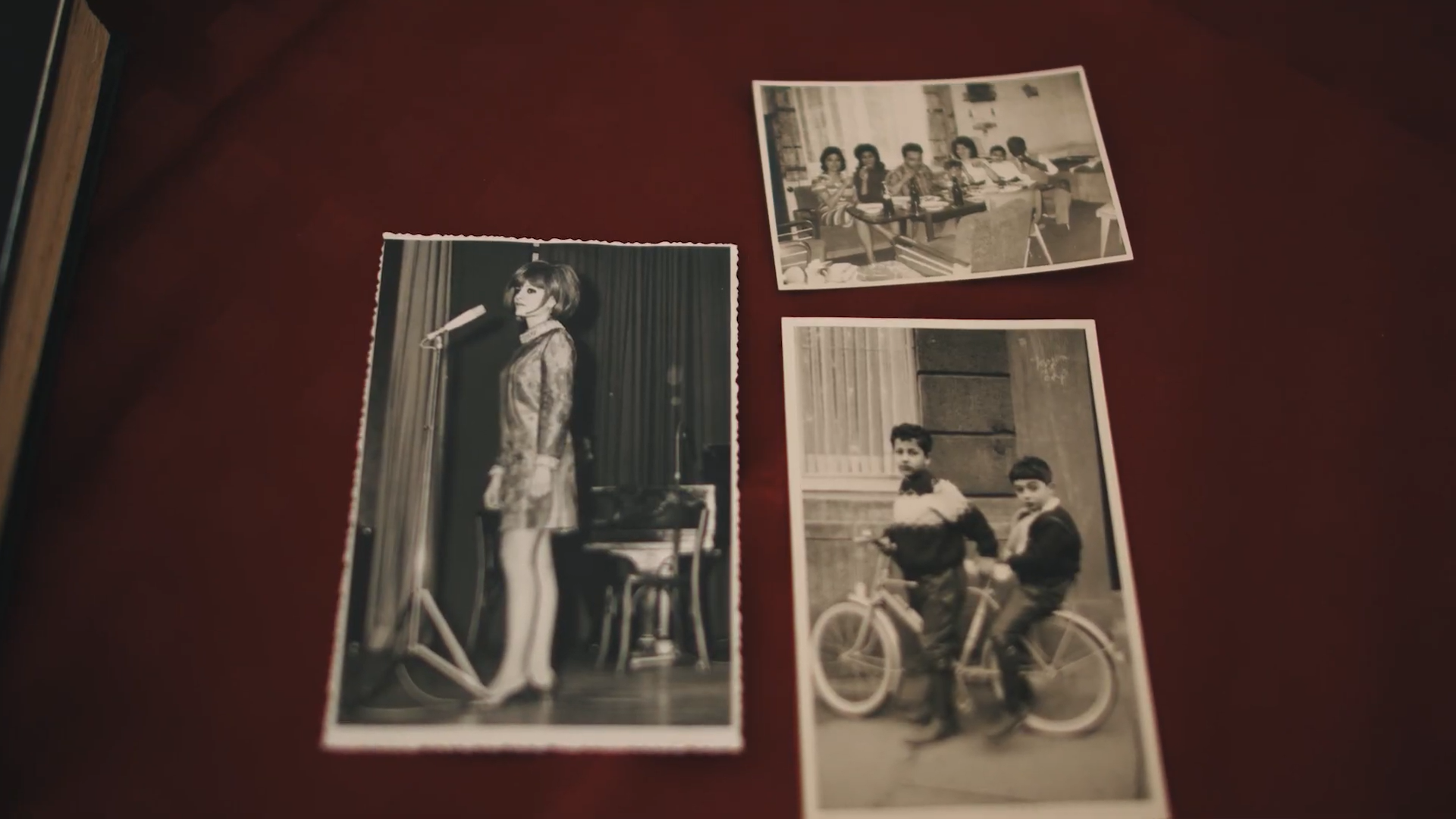en
- de
- en
In the heart of Konya, Turkey, the ethereal notes of Rumi's verses still resonate through the centuries. This year marks the 750th death anniversary of the revered mystic, Mevlana Jalal-ud-din Rumi, known as Mevlana in Turkey and as Rumi worldwide. Thousands of devotees’ will be making a pilgrimage to Konya, like every year, to pay their respects at the mausoleum of Rumi. But what made Rumi the great mystic poet and an inspiration for dancing dervishes? Let’s take a look at some pivotal events that shaped his extraordinary life.
For the new permanent exhibition showcasing numerous objects from Konya at the Museum for Islamic Art, we asked Berliners with roots in Konya what they would most like to see displayed. Their unanimous answer was: Mevlana, the pride of Konya.
The Journey to Konya
Born in the city Balkh, in modern day Afghanistan, Rumi’s family escaped the imminent invasion by Genghis Khan’s Mongols and trekked nearly 4000 km to find refuge in the city of Konya. At this time Konya was an important city under the rule of Seljuks. The Sultan of the Seljuks welcomed Rumi’s family, and Rumi's father, an intellectual, contributed to the city's growth by taking a teaching position at the Konya Academy, a hub for knowledge and culture. Rumi’s migration to the city of Konya played an essential role in the development of Rumi's spiritual and literary legacy. This migration occured during an era when the term had yet to acquire the contemporary negative connotations associated with it in social and political discourse.
Thanks to Rumi, Konya became an important pilgrimage site with several million visitors annually. Rumi's story illustrates the paradox of national classifications because he "belongs" to Turkey, Iran (and the wider Persian-speaking world), Afghanistan... and now perhaps the whole world. It also serves as evidence that migration and innovation often go hand in hand often greatly benefiting cities. Rumi’s spiritual legacy is inspiring, regardless of origin.
Thought Experiment: Would Rumi, revered as Mevlana and regarded as a spiritual leader in modern-day Turkey, have achieved the same acclaim if he were to migrate from Afghanistan in today's world?
An Encounter with the Sunshine of Tabriz
Rumi assumed a teaching position at the academy in Konya, following in his father's footsteps. However, it was a transformative encounter with the Sufi scholar, Shams-e-Tabrizi, often referred to as the 'sunshine of Tabriz,' that altered Rumi's life trajectory. Rumi underwent a spiritual metamorphosis, and devoted his life to mysticism. The poetry of Rumi is based on ‚love´. By the love to god, the people learn to love everything else that has been created by god. The love to god can be described as “Way to true fulfillment in life”, or “the immersion of the individual in God's reality”.
Rumi mainly wrote in Persian, but occasionally used Turkish, Arabic, and Greek in his poetry. His most famous work, ‘Masnavi-ye Ma'navi (Spiritual Verses),' is considered one of the greatest poems in Persian and serves as a spiritual guide for seekers worldwide. His verses, steeped in mysticism and love, continue to transcend national borders and ethnic divisions. His work has been translated into 25+ world languages.
در راه طلب عاقل و دیوانه یکی است
در شیوهی عشق خویش و بیگانه یکی است
آن را که شراب وصل جانان دادند
در مذهب او کعبه و بتخانه یکی است
On the seeker's path, the wise and crazed are one.
In the way of love, kin and strangers are one.
The one who they gave the wine of the beloved's union,
in his path, the Kaaba and house of idols are one.
(Rumi: 53 Secrets from the Tavern of Love, trans. by Amin Banani and Anthony A. Lee, p. 3 —Quatrain 305)
While Rumi's commitment to Islam as a scholar is undeniable, his profound spiritual insight went beyond the confines of narrow sectarian perspectives.
Birth of a new mysticism
Following his death in 1273, his mausoleum became home to the Mevalvi order and its dancing dervishes. The mausoleum of Rumi is a monastery-like complex and has also served as a museum since 1923. In the central "House of Listening" (sema-chane), the Dervishes "dance." The goal of the trance dance, known as sema, is to forget oneself as an individual and merge into divine truth. To the sound of the reed flute (ney), the Dervishes begin to spin, with the right hand reaching towards the sky and the left towards the earth, serving as intermediaries of divine love. The inscription on the candlestick emphasizes this: "The Beloved and dance and ecstasy at the sound of the flute are as valuable as the rule over the world." The Mevlevi Sufi Order continues to extend far beyond present-day Turkey.
Today the green dome of the mausoleum (Kubbe-e Hadra) is one of the emblems of the city Konya. Every year on the 17th of December, the death of the great scholar Mevlana Rumi is celebrated with the Şeb-i Arus festival, the "wedding night" in which the faithful unite with God.
Supreme craftsmanship for the Holy Scripture
One of the most talented artists in Konya, Abd al-Wahid ibn Sulayman, crafted this spectacular lectern for a Quran. The delicate yet voluminous carvings are unique and make this object one of the most beautiful masterpieces of its kind. Master Abd al-Wahid, whose signature is hidden on one of the hinges, was also involved in the construction of the wooden tomb of the great poet and mystic Mevlana Rumi around 1273.
Related stories
BETWEEN RACISM AND FEAR OF RELEGATION - THE NEW TURKS ARE COMING!
The dilemma of being caught between two supposedly opposing cultural identities becomes more and more the subject of Gurbet Şarkıları (Songs from a foreign land) in the 80s.
FROM FEATHER BEDS TO STRAW - THE LONGING BEGINS
The first guest workers from Turkey come to Germany and a longing journey begins.
FROM THE "FOREIGN" INTO THE MAINSTREAM
The preoccupation with one's own identity is becoming increasingly important in many migrant biographies and is reflected in many songs. At the same time, it can be observed that the musicians increasingly choose the German language to express their thoughts and feelings.






